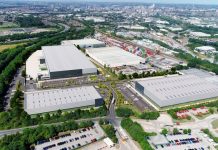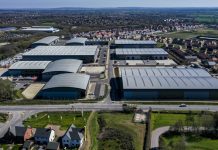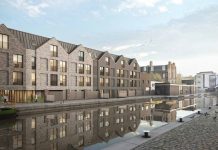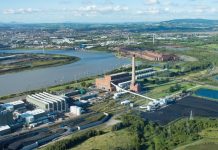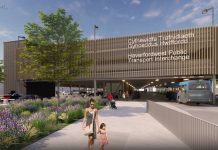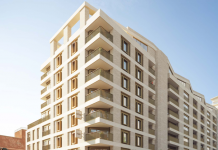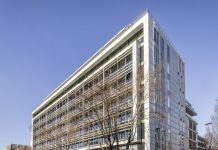Investment volumes for the South East in Q1 2020 totalled £997m, more than double the total in Q1 2019 and 55% ahead of the long-term average, as investors ploughed back into the market following the Conservative win in December.
The market was dominated by three significant business park transactions, accounting for 58% of all activity, and all sold to Singaporean and Chinese buyers.
The largest transaction was the sale of Building 7, Chiswick Park for £312m, which attracted over £1.5bn of equity across a number of bids from overseas investors.
Sentiment for the first two months of 2020 was buoyant, with significant amounts of equity looking to invest in the region. UK funds and local authorities were increasingly active as the quarter progressed, and a number of assets went under offer to private equity before the country went into lockdown.
Simon Rickards, Partner at Knight Frank, commented, “We are facing unprecedented times and the stark slowdown in activity since early March reflects this. Whilst the magnitude and depth of Covid-19 remains unknown, we are confident that the South East office market is well positioned to weather the storm relatively well. Let’s not forget vacancy rates remain low, limited development is occurring, and tenants still demand quality office stock. There remains a significant amount of equity that would like to invest into the market but, for the time being, will need to hold off whilst events unfold.”
In contrast, occupier activity was more subdued. Q1 recorded take-up of 507,000 sq ft, 37% below the 10-year average and 26% less than recorded during the same period in 2019.
This is the lowest quarterly take-up since Q2 2011, a period which coincided with fears of a double dip recession in the UK and debt default in the Eurozone.
Q1 2020 saw 36 deals complete, 16 less than the 10-year quarterly average. Notably, the number of deals below 10,000 sq ft was 50% down, reflective of smaller business electing to withdraw requirements from the market or seek short term, flexible solutions.
Emma Goodford, head of national offices at Knight Frank, added: “From early March the impact of Covid-19 was beginning to be discussed and a number of occupiers were taking longer to make decisions. By the end of March, the focus was on the health of their workforce and a transition to working from home. Businesses will now evaluate what the pandemic will mean and how this will impact real estate strategies. The South East has a diverse range of sectors and while travel and retail do make up a proportion of sector presence the TMT, healthcare and online retail sectors have a strong presence and are expected to remain robust.
“Predicting future market conditions will be crucial. A comparison with the last economic shock, the Global Financial Crisis (GFC), shows a very different supply dynamic. In 2008, vacancy in the South East was 7.9% at the onset of the crisis, compared to 6.3% today. Between 2009 and 2010, 2.6m sq ft of space was delivered through the pipeline which, coupled with some tenant release space, fuelled a rise in vacancy to 10%. Today, completions scheduled for 2020 and 2021 amount to 1.4m sq ft, of which just 1m sq ft is speculative. This means that although vacancy is expected to breach 7% in 2021, the risk of market oversupply is much less.
“That said, occupier demand will adjust as businesses consider cost more acutely and demand more flexibility. An immediate negative impact on headline rents is not anticipated but rent free concessions will lengthen.”

